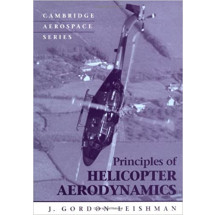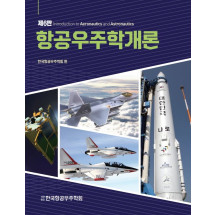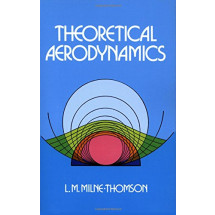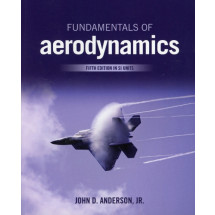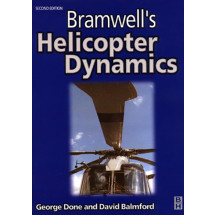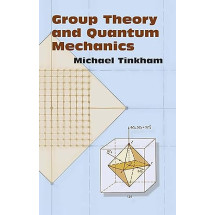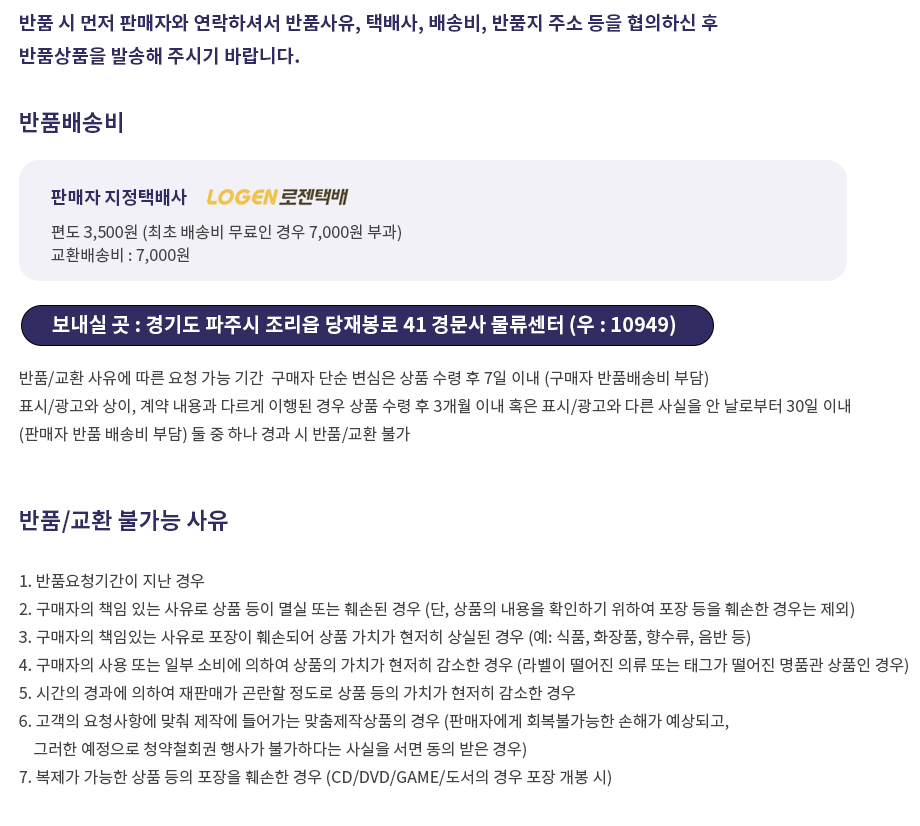CONTENTS
Preface
Preface to the First Edition
1 Characteristics of Aircraft Structures and Materials
1.1 Introduction
1.2 Types of Aircraft Structures
1.2.1 Fixed-wing Aircraft
1.2.2 Rotorcraft
1.2.3 Lighter-than-air Vehicles
1.2.4 Drones
1.3 Basic Structural Elements in Aircraft Structure
1.3.1 Fuselage
1.3.2 Wing
1.3.3 Landing Gear
1.3.4 Control Surfaces
1.4 Aircraft Materials
Problems
2 Loads on Aircraft Structures
2.1 Introduction
2.2 Basic Structural Elements
2.2.1 Axial Member
2.2.2 Shear Panel
2.2.3 Bending Member (Beam)
2.2.4 Torsion Member
2.3 Wing and Fuselage
2.3.1 Load Transfer
2.3.2 Wing Structure
2.3.3 Fuselage
Problems
3 Introduction to Elasticity
3.1 Introduction
3.2 Concept of Displacement
3.3 Strain
3.4 Stress
3.5 Equations of Equilibrium in a Uniform Stress Field
3.6 Equations of Equilibrium in a Nonuniform Stress Field
3.7 Stress Vector-Stress Component Relations
3.8 Principal Stress
3.9 Shear Stress
3.10 Stress Transformation
3.11 Linear Stress-Strain Relations
3.11.1 Strains Induced by Normal Stress
3.11.2 Strains Induced by Shear Stress
3.11.3 Three-Dimensional Stress-Strain Relations
3.12 Plane Elasticity
3.12.1 Stress-Strain Relations for Plane Isotropic Solids
3.12.2 Stress-Strain Relations for Orthotropic Solids in Plane Stress
3.12.3 Governing Equations
3.12.4 Solution by Airy Stress Function for Plane Isotropic Solids
3.12.5 Plane Elasticity Solutions in Polar Coordinate System
3.13 Formulations Beyond 2D Plane Elasticity
Problems
4 Torsion
4.1 Introduction
4.2 Torsion of Uniform Bars with Arbitrary Cross-section
4.2.1 Governing Equations
4.2.2 Boundary Conditions
4.3.3 Torque-Stress Relations
4.3.4 Warping Displacement
4.3.5 Torsion Constant
4.3 Bars with Circular Cross-Sections
4.3.1 Elasticity Approach using Prandtl Stress Function
4.3.2 Mechanics of Solid Approach
4.4 Bars with Narrow Rectangular Cross-Sections
4.5 Closed Single-Cell Thin-Walled Sections
4.5.1 The s-n coordinate system
4.5.2 Prandtl Stress Function
4.5.3 Shear Flow q
4.5.4 Shear Flow - Torque Relation
4.5.5 Twist Angle
4.5.6 Torsion Constant J
4.6 Multicell Thin-Walled Sections
4.7 Warping in Open Thin-Walled Sections
4.8 Warping in Closed Thin-Walled Sections
4.9 Effect of End Constraints
Problems
5 Bending and Flexural Shear
5.1 Introduction
5.2 Bernoulli-Euler Beam Theory
5.2.1 Unidirectional Bending on Beams with a Symmetric Section
5.2.2 Bidirectional Bending on Beams with an Arbitrary Section
5.3 Structural idealization
5.4 Transverse Shear Stress due to Transverse Force in Symmetric Sections
5.4.1 Narrow Rectangular Cross-Section
5.4.2 General Symmetric Sections
5.4.3 Thin-Walled Sections
5.34.4 Shear Deformation in Thin-Walled Sections
5.5 Timoshenko Beam Theory
5.6 Saing-Venant’s Principle
5.7 Shear Lag
Problems
6 Flexural Shear Flow in Thin-Walled Sections
6.1 Introduction
6.2 Flexural Shear Flow in Open Thin-Walled Sections
6.2.1 Symmetric Thin-Walled Sections
6.2.2 Unsymmetric Thin-Walled Sections
6.2.3 Multiple Shear Flow Junctions
6.2.4 Selection of Shear Flow Contour
6.3 Shear Center in Open Sections
6.4 Closed Thin-Walled Sections and Combined Flexural and Torsional Shear Flow
6.4.1 Shear Center
6.4.2 Statically Determinate Shear Flow
6.5 Closed Multicell Sections
Problems
7 Failure Criteria for Isotropic Materials
7.1 Introduction
7.2 Strength Criteria for Brittle Materials
7.2.1 Maximum Principal Stress Criterion
7.2.2 Coulomb–Mohr Criterion
7.3 Yield Criteria for Ductile Materials
7.3.1 Maximum Shear Stress Criterion (Tresca Yield Criterion) in Plane Stress
7.3.2 Maximum Distortion Energy Criterion (von Mises Yield Criterion)
7.4 Fracture Mechanics
7.4.1 Stress Concentration
7.4.2 Concept of Cracks and Strain Energy Release Rate
7.4.3 Fracture Criterion
7.5 Stress Intensity Factor
7.5.1 Symmetric Loading (Mode I Fracture)
7.5.2 Antisymmetric Loading (Mode II Fracture)
7.5.3 Relation between K and G
7.5.4 Mixed Mode Fracture
7.6 Effect of Crack Tip Plasticity
7.7 Fatigue Failure
7.7.1 Constant Stress Amplitude
7.7.2 S–N Curves
7.7.3 Variable Amplitude Loading
7.8 Fatigue Crack Growth
Problems
8 Elastic Buckling
8.1 Introduction
8.2 Eccentrically Loaded Beam-Column
8.3 Elastic Buckling of Straight Bars
8.3.1 Pinned–Pinned Bar
8.3.2 Clamped–Free Bar
8.3.3 Clamped–Pinned Bar
8.3.4 Clamped–Clamped Bar
8.3.5 Effective Length of Buckling
8.4 Initial Imperfection
8.5 Postbuckling Behavior
8.6 Bar of Unsymmetric Section
8.7 Torsional–Flexural Buckling of Thin-Walled Bars
8.7.1 Nonuniform Torsion
8.7.2 Torsional Buckling of Doubly Symmetric Section
8.7.3 Torsional–Flexural Buckling
8.8 Elastic Buckling of Flat Plates
8.8.1 Governing Equation for Flat Plates
8.8.2 Cylindrical Bending
8.8.3 Buckling of Rectangular Plates
8.8.4 Buckling under Shearing Stresses
8.9 Local Buckling of Open Sections
Problems
9 Analysis of Composite Laminates
9.1 Plane Stress Equations for Composite Lamina
9.2 Off-Axis Loading
9.3 Notation for Stacking Sequence in Laminates
9.4 Symmetric Laminate under In-Plane Loading
9.5 Effective Moduli for Symmetric Laminates
9.6 Laminar Stresses
9.7 [±45°] Laminate
Problems
Index


